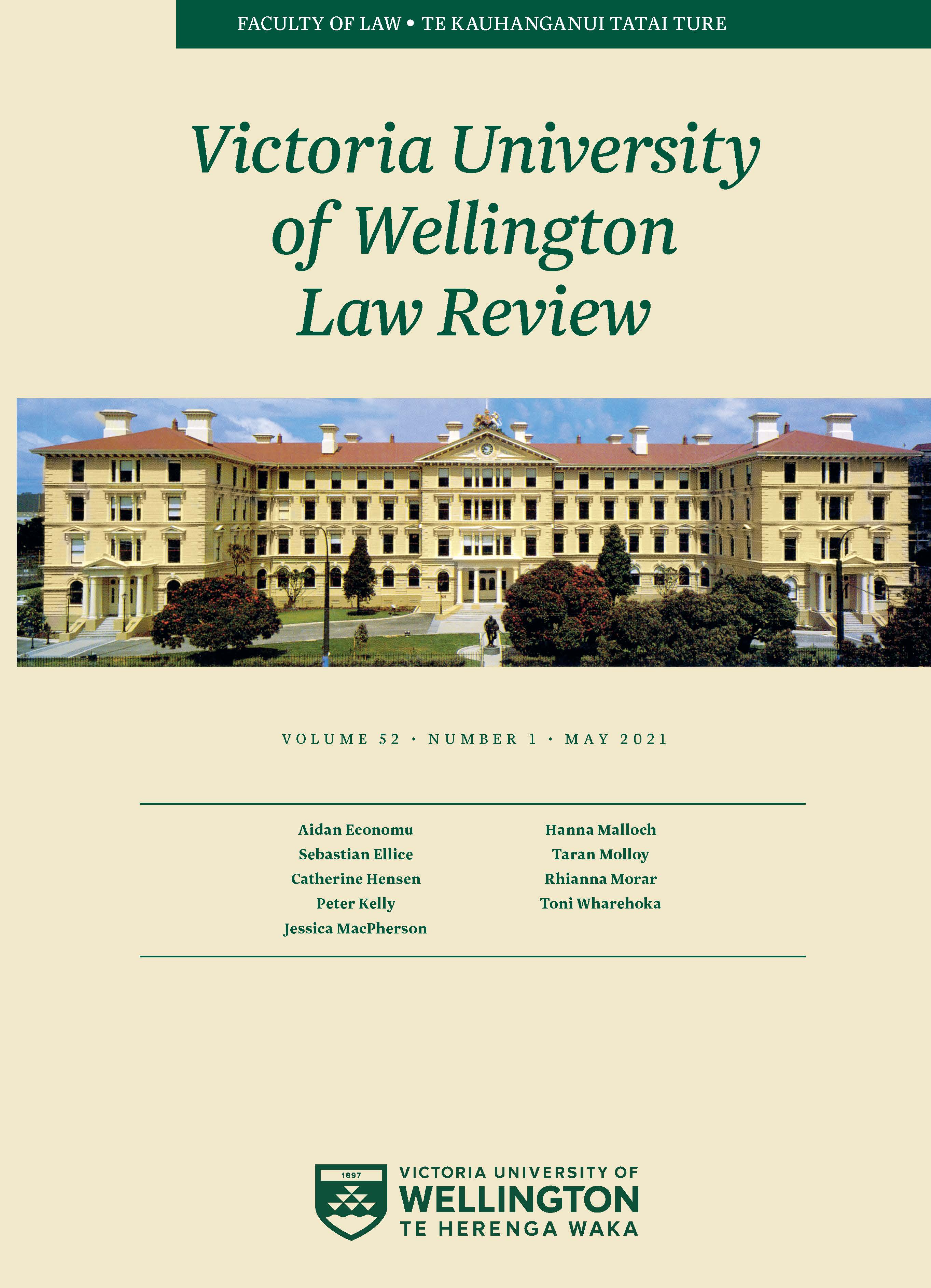Building a Secure Fence and a Well-Functioning Ambulance Reforming New Zealand's Natural Disaster Insurance Scheme
DOI:
https://doi.org/10.26686/vuwlr.v52i1.6848Abstract
This article proposes reform to New Zealand's natural disaster insurance scheme in anticipation of The New Zealand Treasury's (Treasury) 2021 review of the Earthquake Commission Act 1993. The Canterbury Earthquake Sequence of 2010–2011 revealed many shortcomings in New Zealand's dual-insurance model, outlined in the March 2020 Public Inquiry into the Earthquake Commission. Recent changes in the private insurance market have aggravated these problems, notably, increasing premiums and a move to sum-insured policies. This article explores the lesser known background to the unique EQC system and examines the fundamental reasons for this public system. It aims to establish the most effective natural disaster insurance scheme for New Zealand, holding that retaining the dual-model approach is preferable. However, fresh reforms are necessary. Five reforms are proposed: ensuring the scheme's universality; increasing the EQC cap; implementing differentiated pricing; incorporating incentives for mitigation; including a purpose statement within the Act. Implementing these reforms will best ensure the scheme meets the objective of allowing homeowners to build their secure fence at the top of the cliff, while still ensuring there is a well-functioning ambulance at the bottom.
Downloads
Downloads
Published
How to Cite
Issue
Section
License
Authors retain copyright in their work published in the Victoria University of Wellington Law Review.


